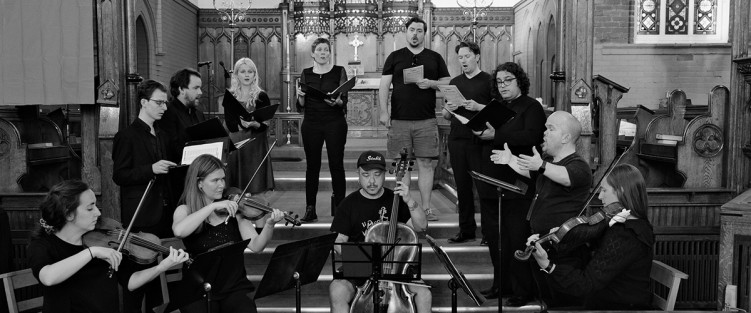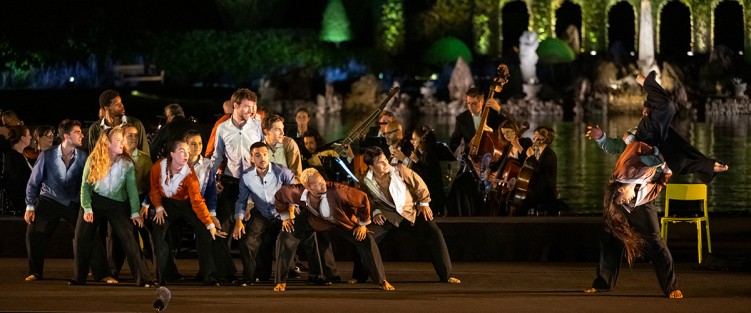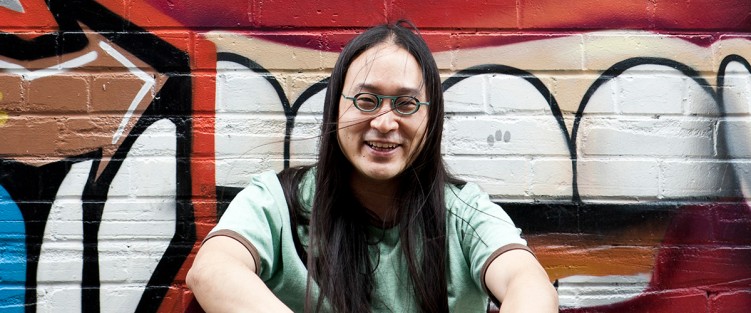ARCS: A CONCERT CURATORS’ Q & A
 Barely a week before going to press, we wrote to a handful of individuals responsible for planning concert seasons in our neck of the woods. We explained that we were thinking of launching this feature, ARCS, and were hoping to get enough of a response within the next few days to get it going in this Oct/Nov print issue and then continue it online over the course of the fall.
Barely a week before going to press, we wrote to a handful of individuals responsible for planning concert seasons in our neck of the woods. We explained that we were thinking of launching this feature, ARCS, and were hoping to get enough of a response within the next few days to get it going in this Oct/Nov print issue and then continue it online over the course of the fall.






